Madagascar’s culture is as rich as its wildlife.
battleface caught up with Antananarivo-based wildlife photographer and professional tourism guide Andriniaina Soanjanirina Razafimahatratra Armel on why a sole focus on lemurs and baobab trees are for yesterday’s tourist.
Most people call you Mel, can I?
Yes, better, because my name is typical Malagasy, and you’ll struggle to get through it.
You’re a tour guide and wildlife and nature photographer, but when we communicated before this interview you told me that I shouldn’t focus on lemurs and upside-down baobab trees. Why?
For the same reason you don’t write about Italy and spaghetti, or Australia and kangaroos.
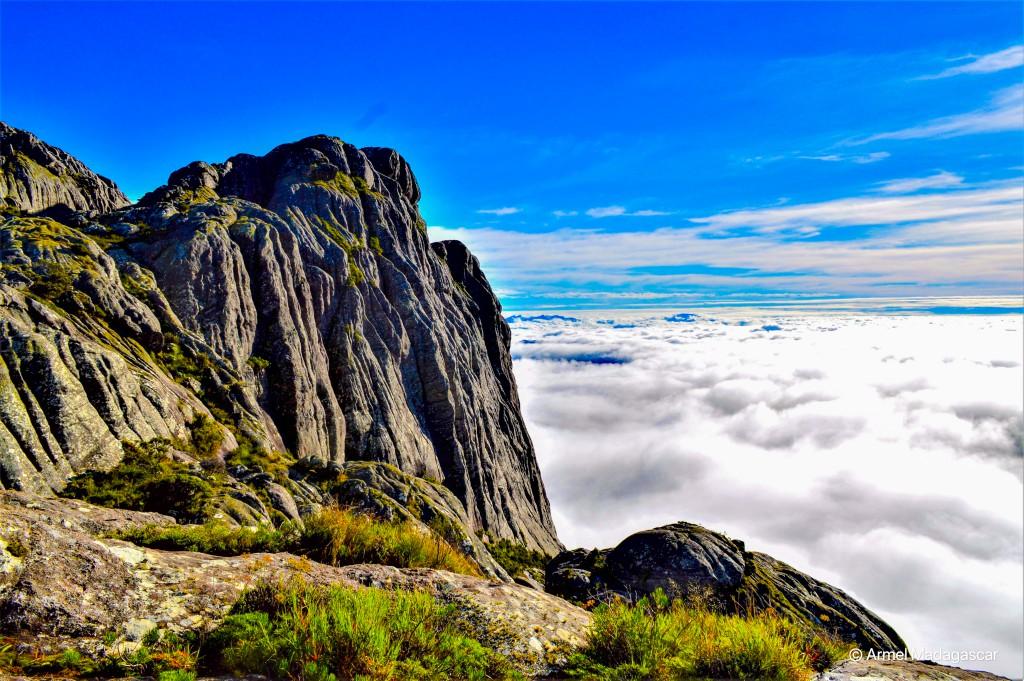
Madagascar is incredibly diverse, and I really want tourists I deal with to recognize Madagascar as a place of incredible culture as well as nature – a nation’s human capital is its identity and I passionately believe the Malagasy story to be one worth telling.
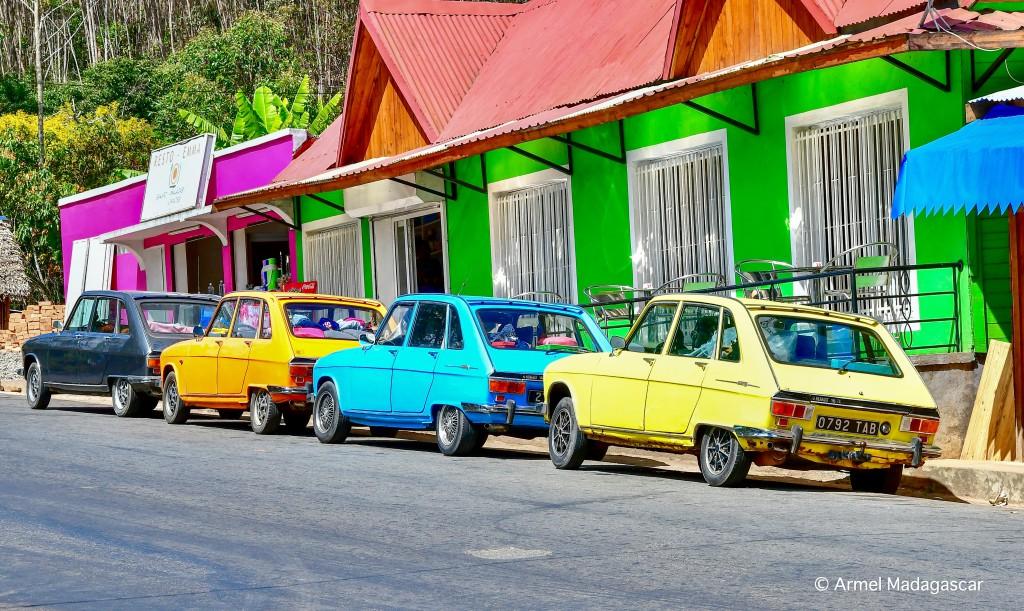
Has media short-changed Madagascar?
I believe so. Yes, our wildlife is diverse and unique because of the isolation from mainland Africa, but then so too have our cultures evolved from the same isolation. We have seventeen coastal ethnic tribes and four in the highlands.
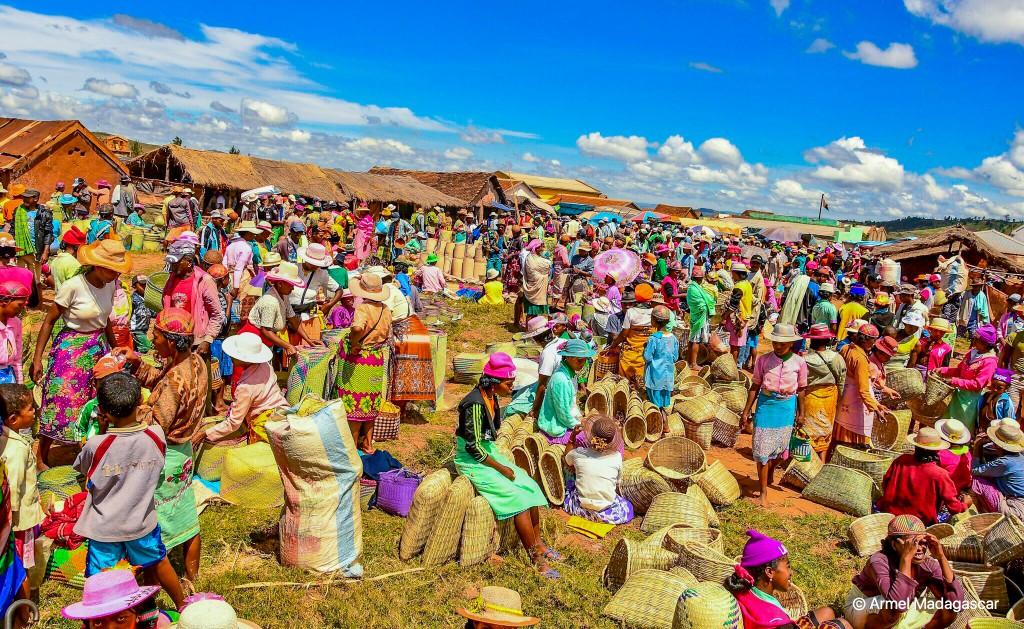
We all speak Malagasy, a majority speak French as a second language but then within this there are innumerable dialects, traditions, rituals and community structures.
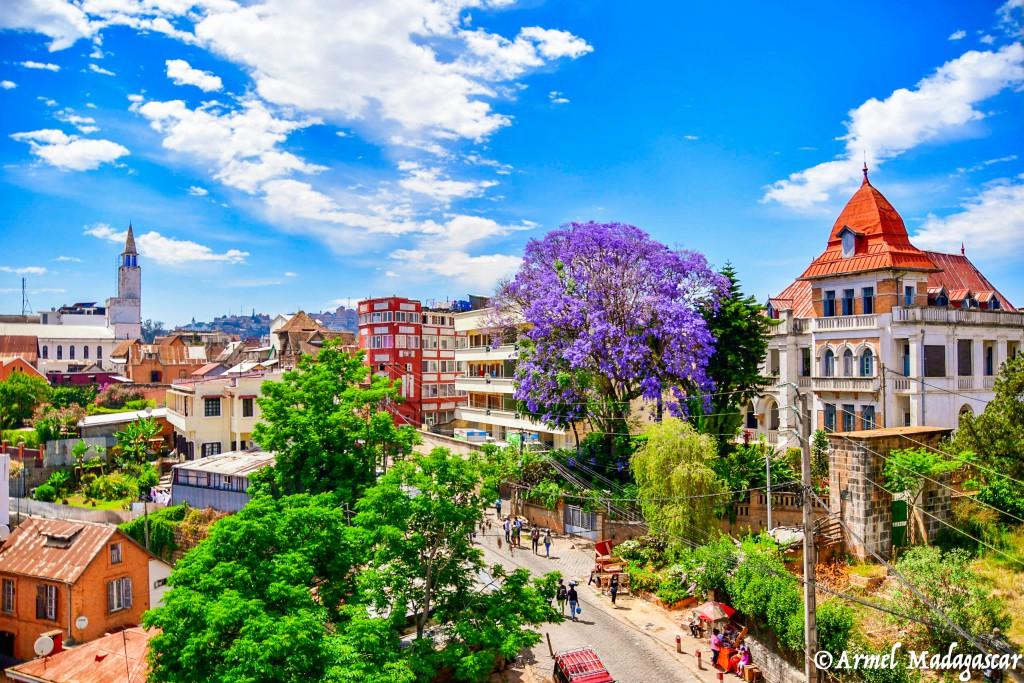
You might read about new species of animals being discovered in Madagascar as scientists explore and record our forests; but the same is true of our culture – we are still revealing all that we are as a people.
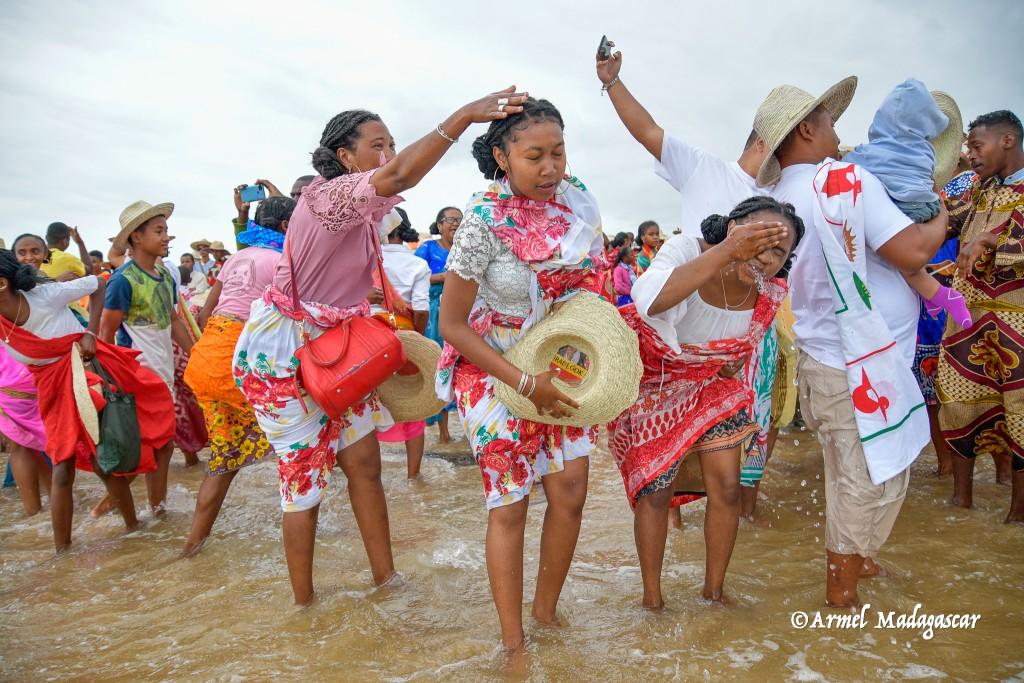
Has this been part of what you do as a guide?
Yes. But in the wider context it is through photography that I hope to change the narrative. My work reflects our nature and the people, and when you think of the time that a tourist spends in Madagascar, it is the people that will make the experience memorable.
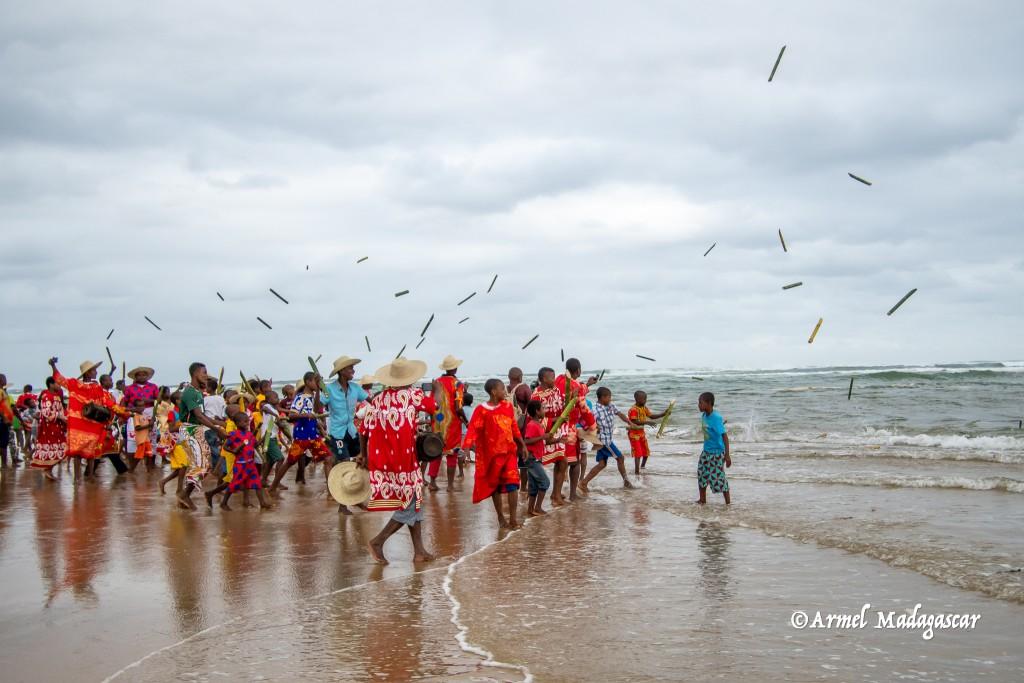
Madagascar is new and raw and exciting; it is friendly and open. You will be as new to us are we are to you.
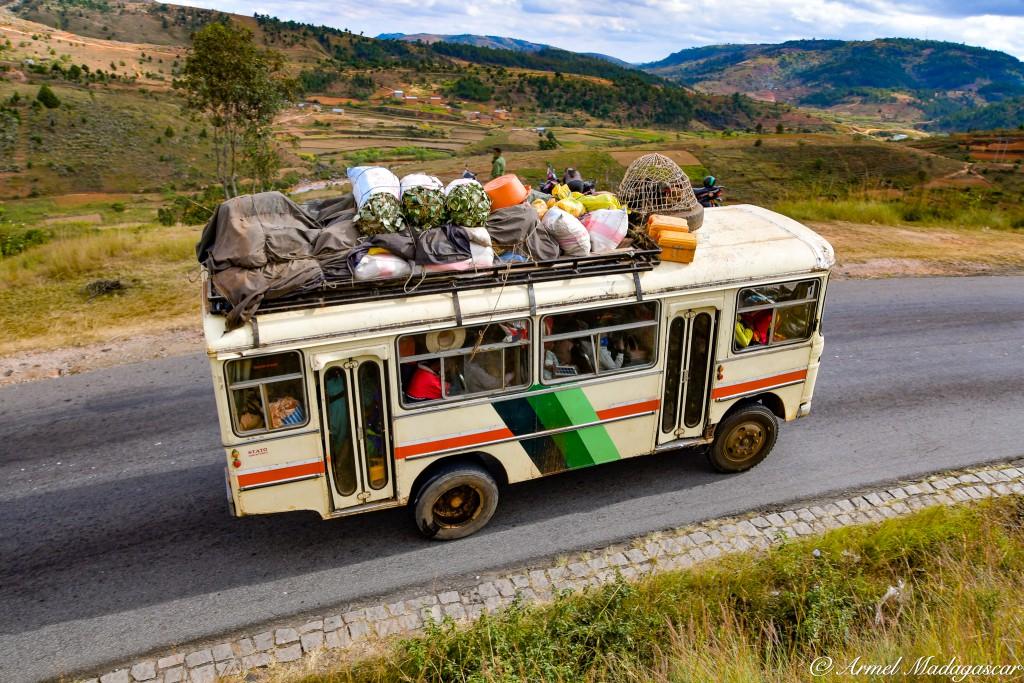
In the meantime, the animals just do what they do. And if you are lucky enough to see them then you can also claim that Madagascar is your friend.
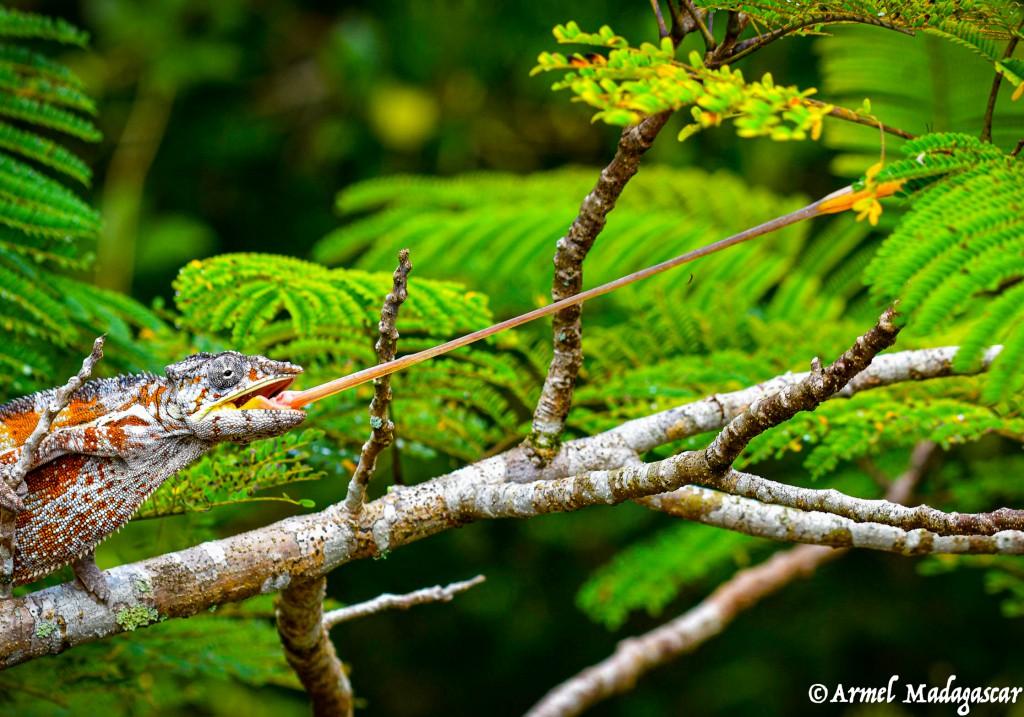
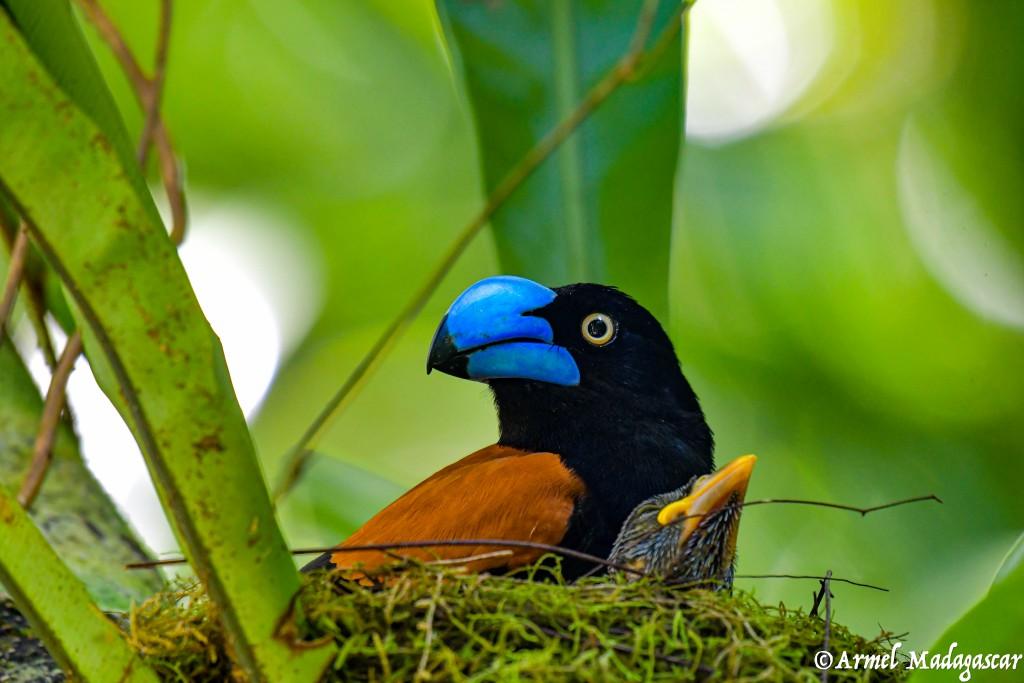
They show, they don’t show. They won’t be judged.
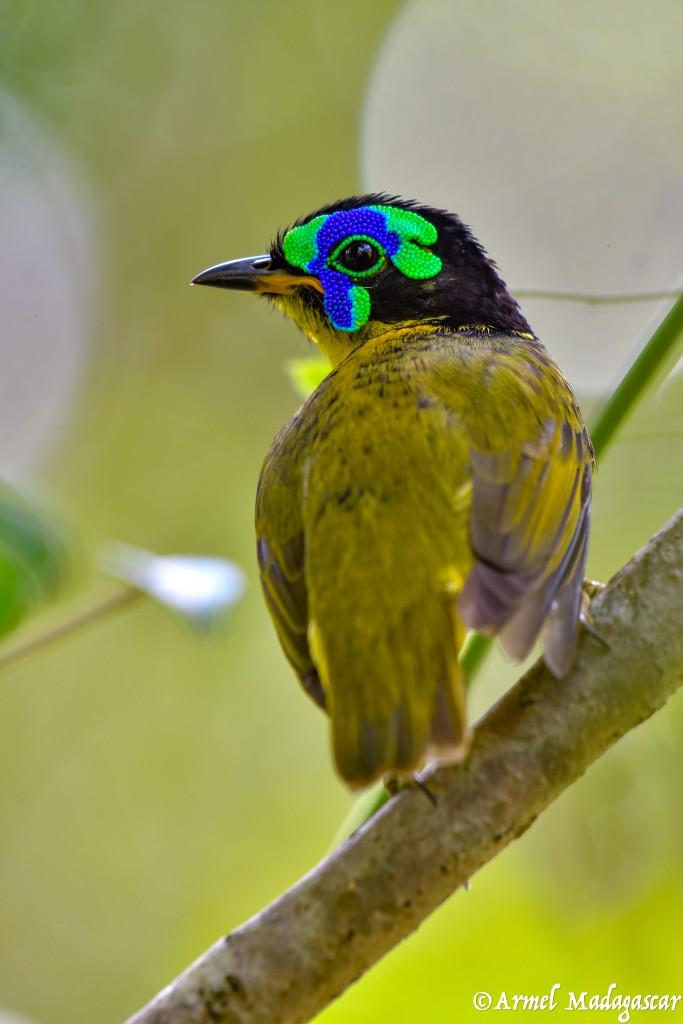
Does this mean we can talk about lemurs and stuff now?
Yeah.
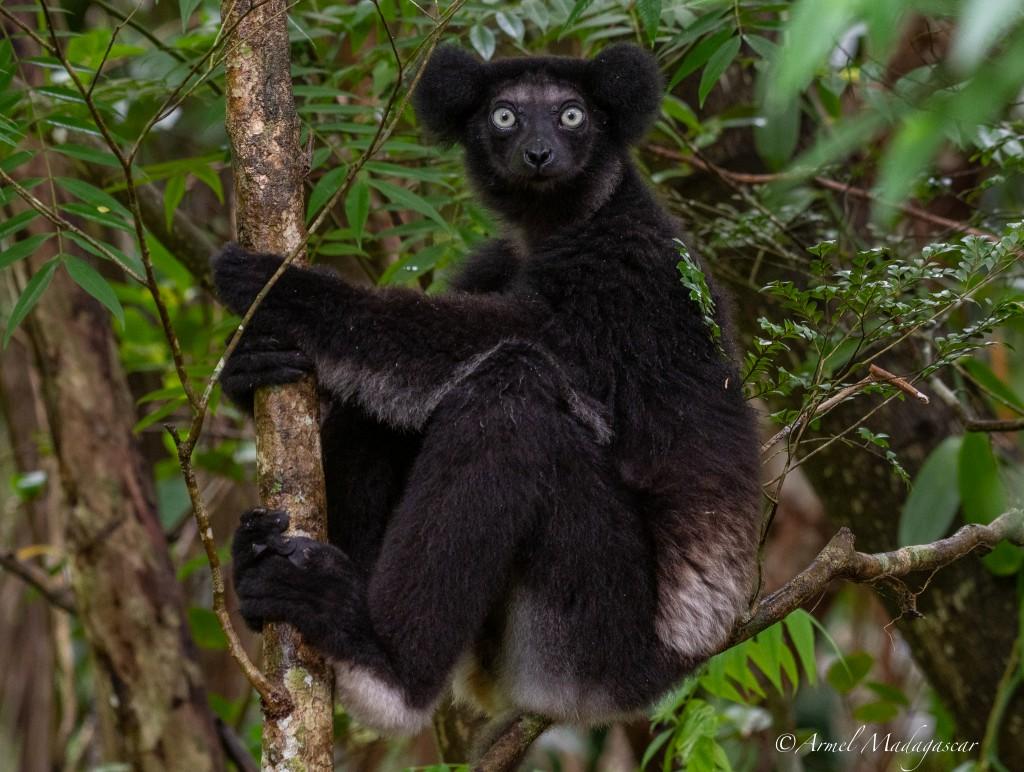
How many lemur species are there?
We don’t know. More than 100 are recorded, but this isn’t the limit for sure.
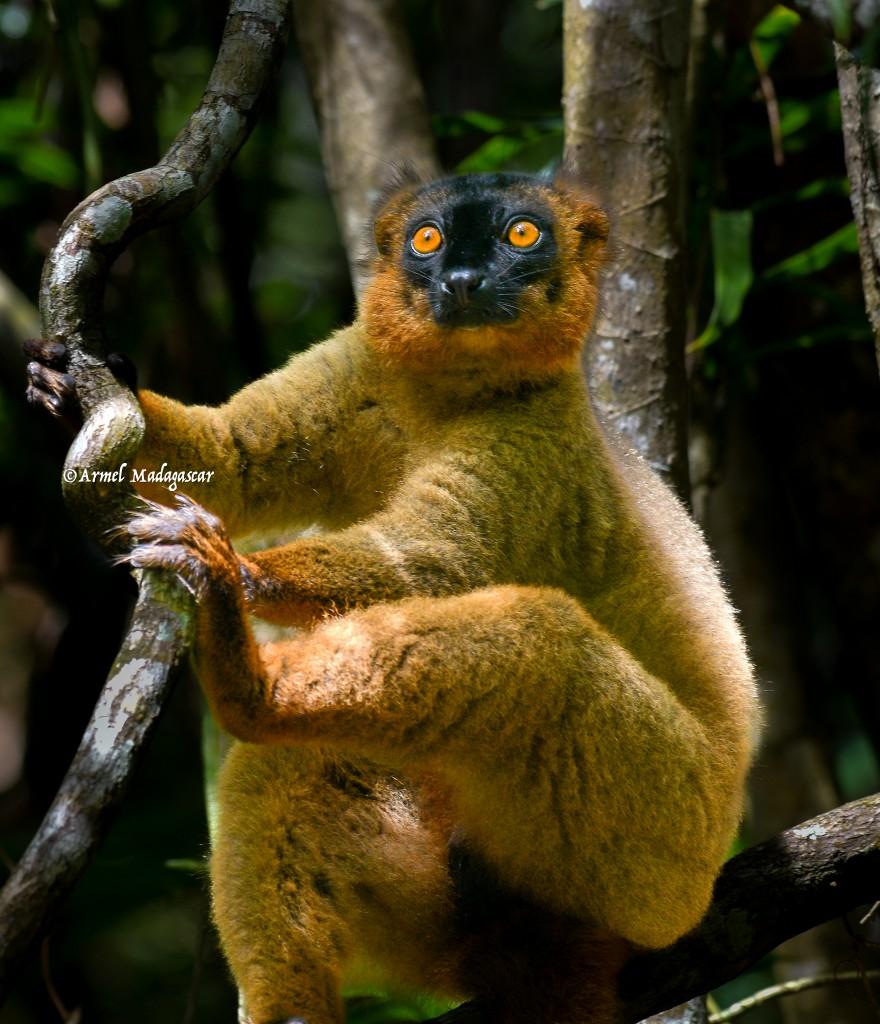
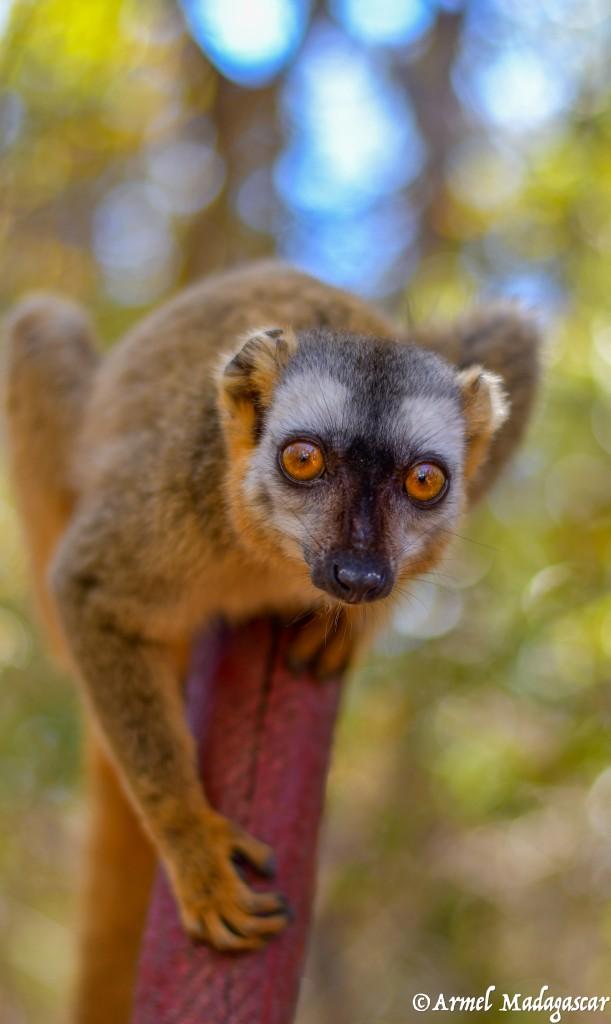
For certain we know that all lemur species are under threat of extinction – even with focused conservation programmes there is no guarantee that we can protect these creatures against other pressures and dangers of change. Perhaps this is the reason why I live in this world of tourism and photography.
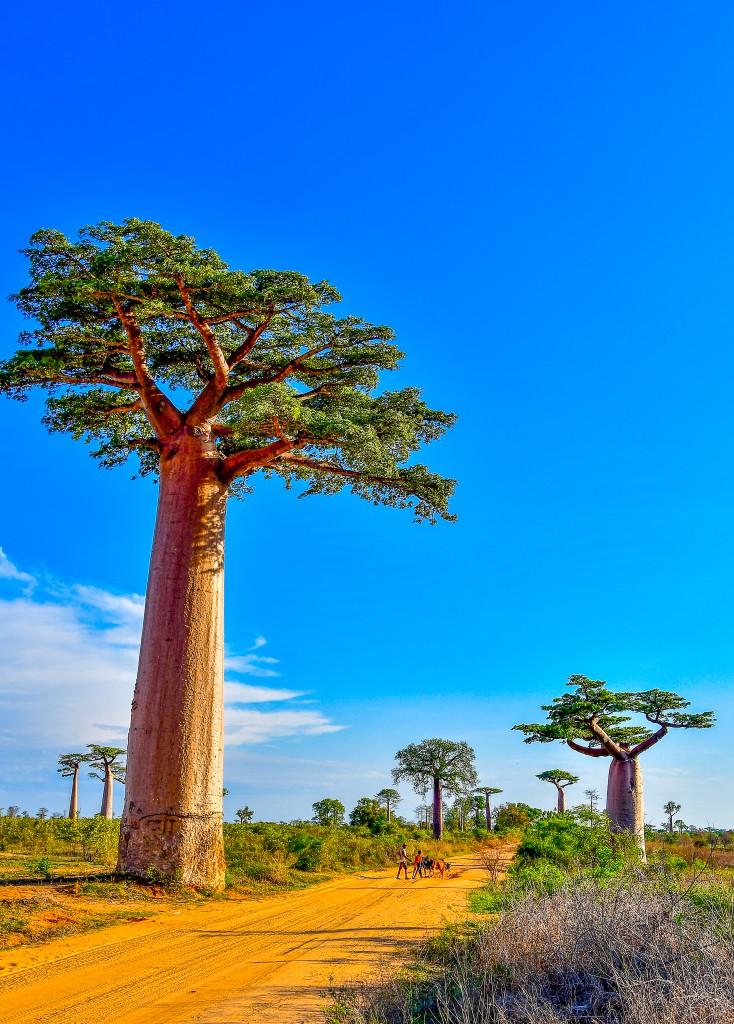
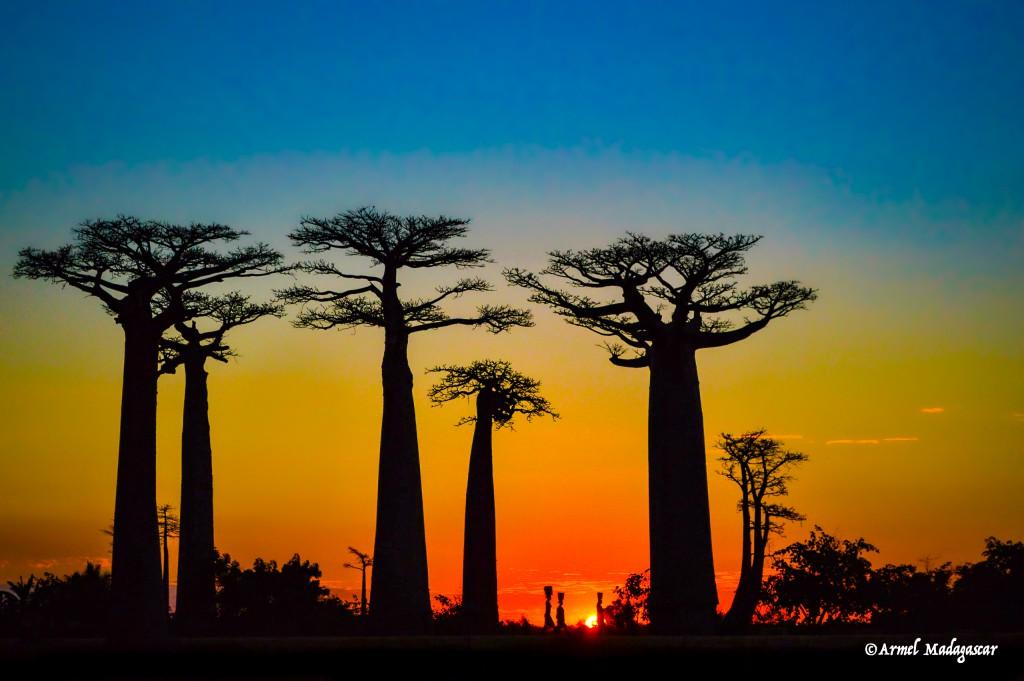
Mel, it’s been a pleasure. Tell me something in Malagasy that everyone needs to know.
Raha mivarotra amponga ao an-tanànanao ianao dia mahazo ny vola ary mitazona ny feo: If you sell a drum in your own village, you get the money and keep the sound.
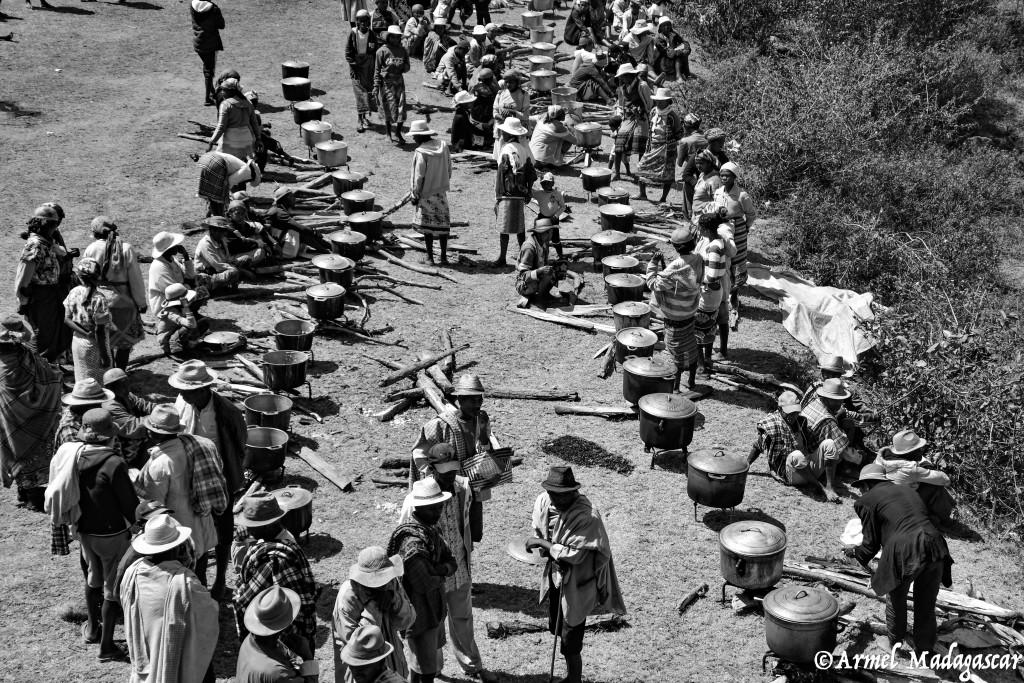
Madagascar is all about people its culture and the adventure of life here. That is my message. Come here. Come and see.
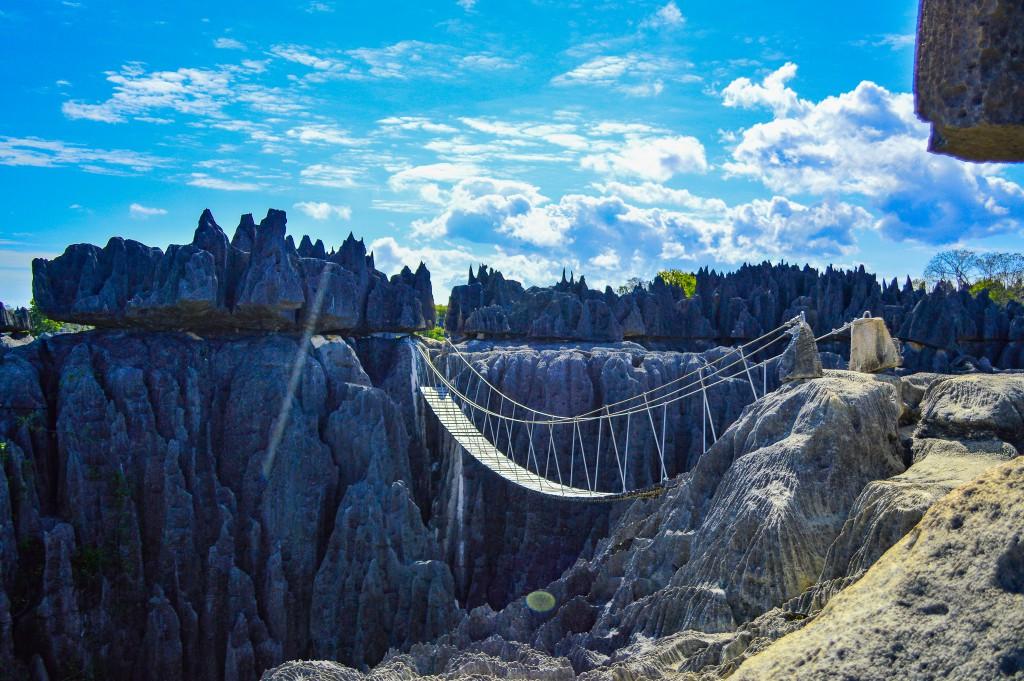
All images © Armel Madagascar









